1893: Christchurch Savage Club
April 13, 2025
By AHNZ
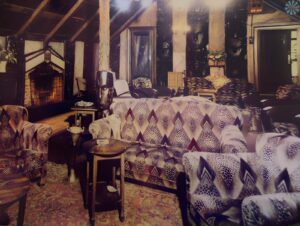 The Christchurch Savage Club dates from 13 April 1893. A colonial off-shoot of the London Savage Club founded in 1857 by a group of authors, journalists and artists. A male social entertainment club for those with an interest in literature, music and art. However, this gentleman’s club was very different in that they were not out to entertain themselves but, rather, everyone else. This, and the other Savage Clubs, served others.
The Christchurch Savage Club dates from 13 April 1893. A colonial off-shoot of the London Savage Club founded in 1857 by a group of authors, journalists and artists. A male social entertainment club for those with an interest in literature, music and art. However, this gentleman’s club was very different in that they were not out to entertain themselves but, rather, everyone else. This, and the other Savage Clubs, served others.
New Zealand’s first such club was the Whanganui Savage Club, est. 19 Sep 1891. By the early years of the century, a network of Savage Clubs had been formed throughout new Zealand and membership in Christchurch had grown considerably. Long before Monty Python or McPhail and Gadsby our Colonial and Dominion ancestors already had a quirky, eccentric, energetic spirit embodied in these local clubs. They injected some joy and irreverence to puncture the pretensions of the stiff Imperial establishment.
The AHNZ premise is that our culture alternates between a stiff disciplinarian outlook to a laid back larrikin one; What Nietzsche called the Apollonian and Dionysian duality. The Pythons were a Silent Generation reaction to the stiff, serious, and austair economic and emotional recovery to WW2. Savage Club founders such as Edward Webb (1866-1954) had a Victorian austerity to react to, of course. But they also grew up with proto-Feminist Temperance Society women banging on against alcohol and their Provincial parents being embarrassed by Premier Julius Vogel’s big State programs and, in failure, the Long Depression they caused. Another key founder, George Clifford (1847–1930) probably found his Savage spirit in reaction to his all-business Settler father whose life was set to serious things like founding sheep stations, being a judge, running a militia, and being the first Speaker of the New Zealand House of Representatives. The kids of such serious parents and serious times had the leisure and the Dionysian inclination for arts, merrymaking, and satire.
“In the years 1900 and 1901, the Christchurch Savage Club was perilously close to dissolution due to internal dissensions. How Chief Sir George Clifford saved it from disaster was revealed by Savage E.B. Webb at the annual meeting on Saturday evening.” – Press (April, 1930,) Papers Past
Jason WA The poverty bay club was a great institution. Killed off by an over bareing feminist “Ma Wheeler” – Jason WA to AHNZ (2024)
“”It is a sad affair that we are shifting out, but that’s it – we can’t run it,” trustee Ted Duggan said. The membership has dropped to about 20 people following a peak of 250 with 50 on the waiting list in the glory years in the middle of last century.” – End of an era as Savage Club calls time after 125 years, NZ Herald (2016)
“Existence: 1893 – 2020…In the early years the club enjoyed a large membership (over 200 members referenced in the Lyttelton Times in 1896) including many significant Christchurch figures such as William Henry Wynn Williams, Dr E. Jennings, A. J. Merton, R. E. McDougall, Samuel Hurst Seager and the artists Petrus van der Velden, John M. Madden and William Menzies Gibb.” – Canterbury Stories
“Kindred Clubs are both Savage and Orphan clubs, which were formed to entertain.”I did because I’d had a life time in the Savage Clubs and the Kindred Clubs and just felt that if we didn’t do it now it was never going to happen… and that’s a fact.”” – History of New Zealand’s Kindred Clubs documented before information lost forever, Stuff (2016)
“”A club of merry fellows,” Sala suggested. The men were a tongue-in-cheek bunch, who delighted in irreverence. Rather than name their club after a celebrated poet or writer, such as Shakespeare or Longfellow, the group chose to honour a disreputable poet called Richard Savage…In 1999, the Dunedin Orphans Club changed its name to the Dunedin Entertainers Club. The following year, the hall was sold due to declining membership and it is now a Muslim mosque.” – ODT (2008)
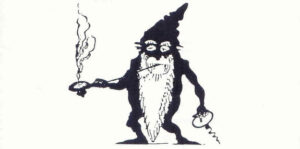 Some are still around today but I think certain social changes have conspired to endanger them. Their do-it-yourself entertainment was played out after TV entered the market. The Savages would put on concerts and plays. They performed musical and poetry events. They wrote and painted. Eventually the ‘new’ media of movies, radio, television, and the internet moved in. Professional studios crowded out what New Zealand towns and cities once supplied to themselves in-person. Savage Clubs were once a key institution of our culture that everyone would have known about and benefited from.
Some are still around today but I think certain social changes have conspired to endanger them. Their do-it-yourself entertainment was played out after TV entered the market. The Savages would put on concerts and plays. They performed musical and poetry events. They wrote and painted. Eventually the ‘new’ media of movies, radio, television, and the internet moved in. Professional studios crowded out what New Zealand towns and cities once supplied to themselves in-person. Savage Clubs were once a key institution of our culture that everyone would have known about and benefited from.
Supporting the arts and performing was their main social function. In New Zealand they adopted (“appropriated”) the Maori aesthetic in their dress, names, and interior decoration.
Of course, it’s ceased to be Politically Correct by the 2010s to have a men’s only club so such institutions have been exiled or altered beyond recognition. If they made it to the 2020s they’d be under fire for what we call ‘Cultural Appropriation’ because of the very heavy adaptation of Maori aesthetics into the club superstructure.
So much for Social Justice. Generations of men generated art and entertainment for over 100 years in bad times and good for the men, women, and children living in their communities. Then we turned our backs on them for Parasocial relationships with Hollywood stars and TV screens. Worse, we rejected and despised them for their proud use of Maori vernacular (eg. Great Chief, Korero, Koreo Wahine, hapu,..) because it was misconstrued as prejudiced.
—
Image ref. A presumed Savage Club interior. Source: “No clue,” History Always Repeats: Remembering New Zealand, Facebook (2024)
Ref. Edward Rogers Webb, Early New Zealand Photographs
2 thoughts on "1893: Christchurch Savage Club"
Leave a Reply
 Like Comment Share
Like Comment Share
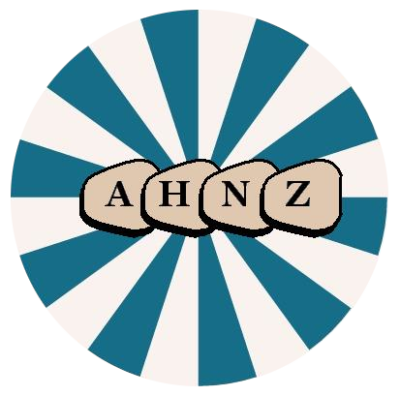
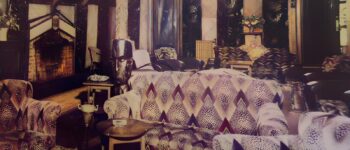
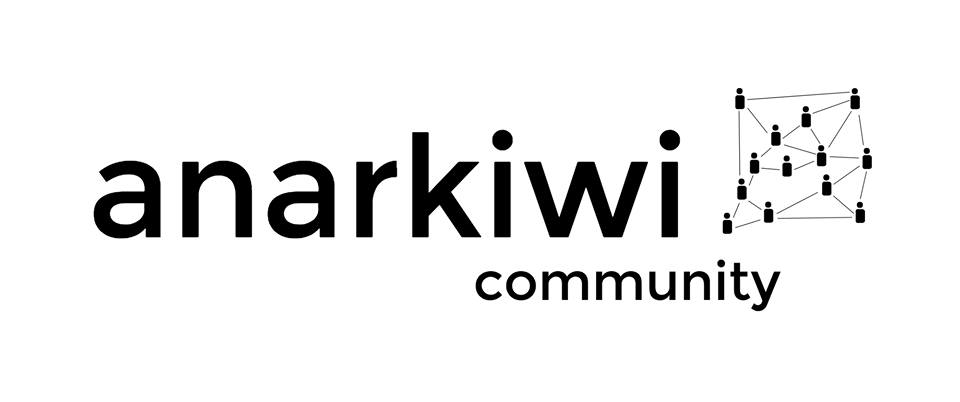



Hello Fellow Savages and Fellowesses.
I was a Member of The Palmerston North Savage Club from about the late 80s until about the turn of the millennium.
We had plenty of clubs raiding us and did a Raid ourselves titled “Anything Goes”.
All the way from Palmy with raids in Christchurch, Timaru?, Dunedin and Invercargill.
Lots of Fun, Lots of Singing and Musical Instrument Playing and lots of Camaraderie.
There were three clubs around the Dunedin / Otago area.
Curly.
Thanks for that. I visited Paeroa museum last week and a mystery was raised about an ‘Orphans’ club. I suggested they might have been a sort of off-shoot of the Savages. What do you think?